Researchers at the University of Sussex in England have found a way to create tiny and speedy semiconductors: crinkling graphene or other 2D materials.
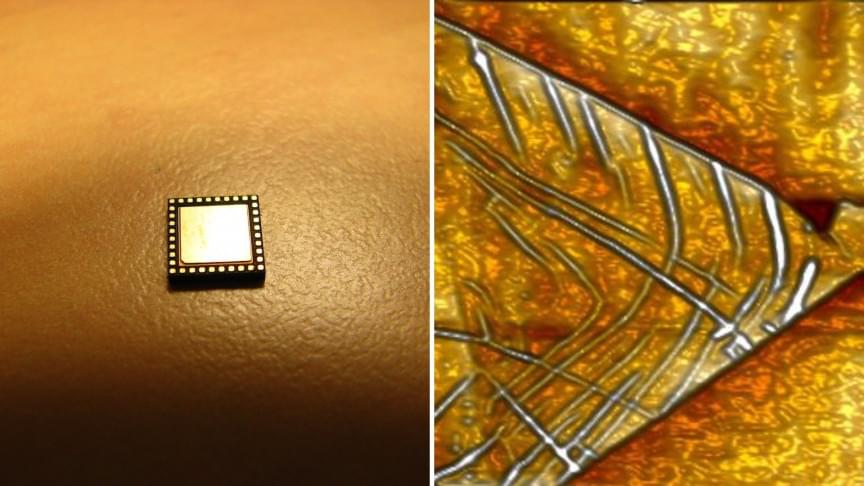

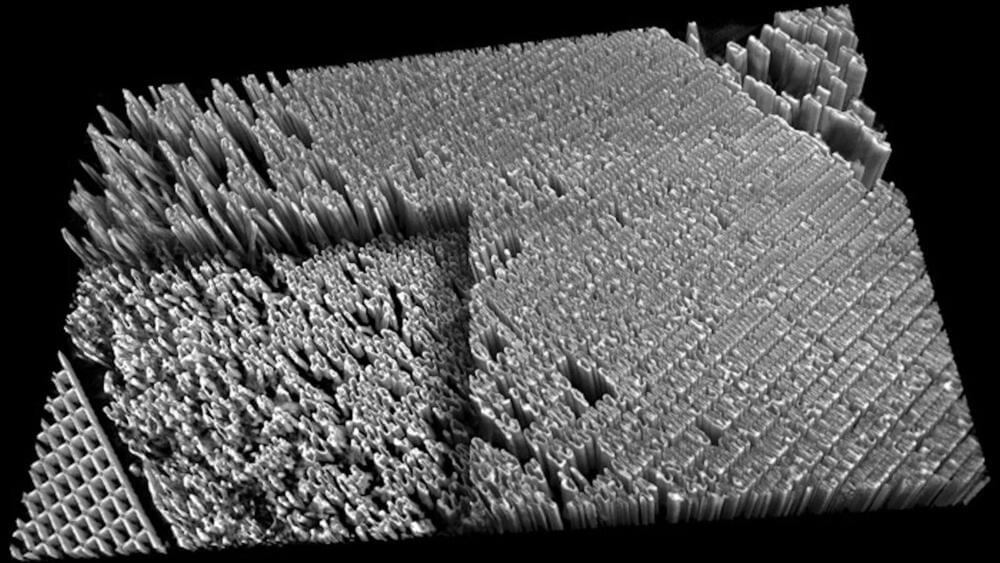
It’s been a truth for a long time: if you want to study the movement and behavior of single atoms, electron microscopy can give you what X-rays can’t. X-rays are good at penetrating into samples—they allow you to see what happens inside batteries as they charge and discharge, for example—but historically they have not been able to spatially image with the same precision electrons can.
But scientists are working to improve the image resolution of X-ray techniques. One such method is X-ray tomography, which enables non-invasive imaging of the inside of materials. If you want to map the intricacies of a microcircuit, for example, or trace the neurons in a brain without destroying the material you are looking at, you need X-ray tomography, and the better the resolution, the smaller the phenomena you can trace with the X-ray beam.
To that end, a group of scientists led by the U.S. Department of Energy’s (DOE) Argonne National Laboratory has created a new method for improving the resolution of hard X-ray nanotomography. (Nanotomography is X-ray imaging on the scale of nanometers. For comparison, an average human hair is 100,000 nanometers wide.) The team constructed a high-resolution X-ray microscope using the powerful X-ray beams of the Advanced Photon Source (APS) and created new computer algorithms to compensate for issues encountered at tiny scales. Using this method, the team achieved a resolution below 10 nanometers.
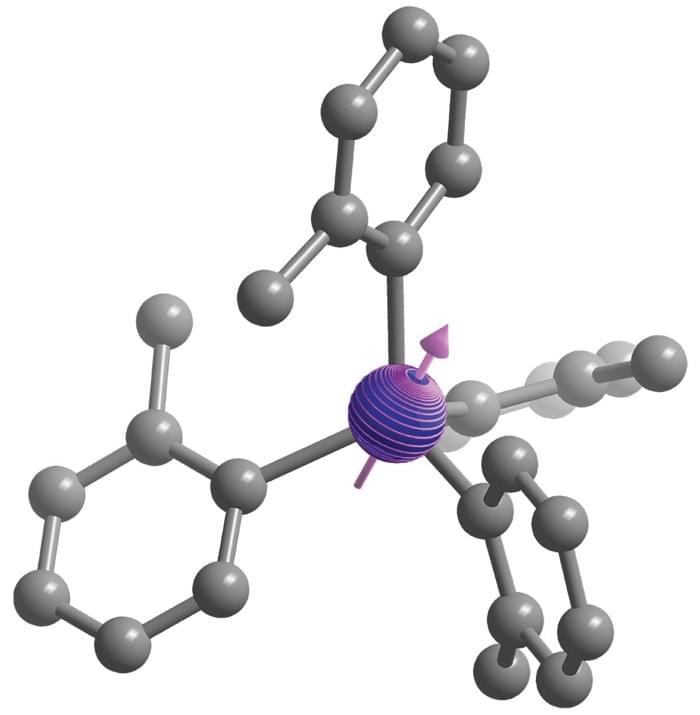
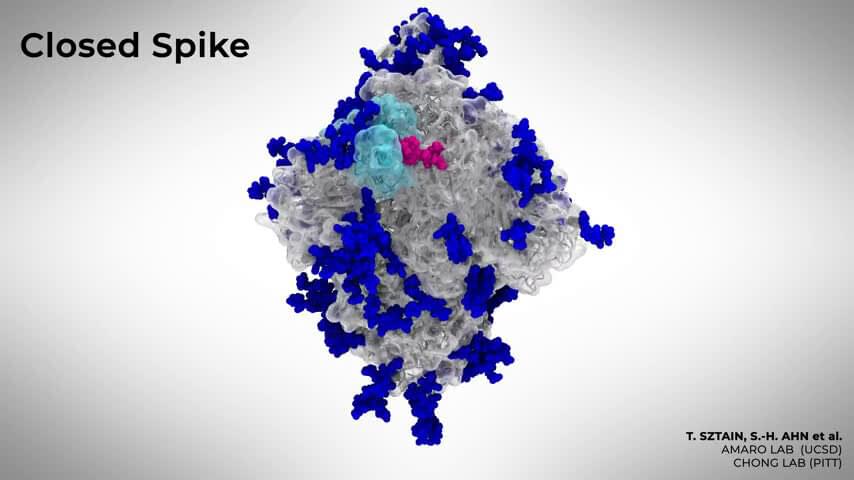
Since the early days of the COVID pandemic, scientists have aggressively pursued the secrets of the mechanisms that allow severe acute respiratory syndrome coronavirus 2 (SARS-CoV-2) to enter and infect healthy human cells.
Early in the pandemic, University of California San Diego’s Rommie Amaro, a computational biophysical chemist, helped develop a detailed visualization of the SARS-CoV-2 spike protein that efficiently latches onto our cell receptors.
Now, Amaro and her research colleagues from UC San Diego, University of Pittsburgh, University of Texas at Austin, Columbia University and University of Wisconsin-Milwaukee have discovered how glycans–molecules that make up a sugary residue around the edges of the spike protein–act as infection gateways.
Published August 19 in the journal Nature Chemistry, a research study led by Amaro, co-senior author Lillian Chong at the University of Pittsburgh, first author and UC San Diego graduate student Terra Sztain and co-first author and UC San Diego postdoctoral scholar Surl-Hee Ahn, describes the discovery of glycan “gates” that open to allow SARS-CoV-2 entry.

Researchers from Skoltech, KTH Royal Institute of Technology, and Uppsala University have predicted the existence of antichiral ferromagnetism, a nontrivial property of some magnetic crystals that opens the door to a variety of new magnetic phenomena. The paper was published in the journal Physical Review B.
Chirality, or handedness, is an extremely important fundamental property of objects in many fields of physics, mathematics, chemistry and biology; a chiral object cannot be superimposed on its mirror image in any way. The simplest chiral objects are human hands, hence the term itself. The opposite of chiral is achiral: a circle or a square are simple achiral objects.
Chirality can be applied to much more complex entities; for instance, competing internal interactions in a magnetic system can lead to the appearance of periodic magnetic textures in the structure that differ from their mirror images—this is called chiral ferromagnetic ordering. Chiral crystals are widely considered promising candidates for magnetic data storage and processing device realization as information can be encoded via their nontrivial magnetic textures.
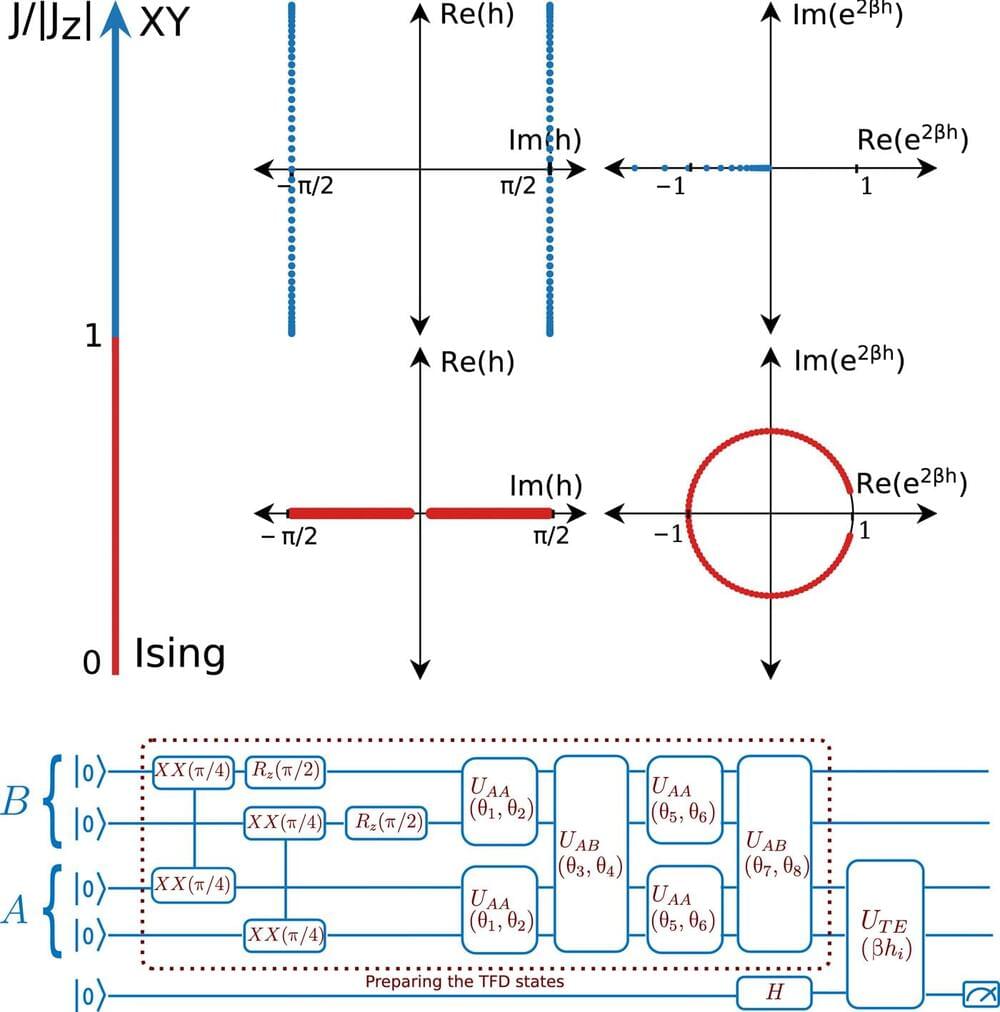
Partition functions are ubiquitous in physics: They are important in determining the thermodynamic properties of many-body systems and in understanding their phase transitions. As shown by Lee and Yang, analytically continuing the partition function to the complex plane allows us to obtain its zeros and thus the entire function. Moreover, the scaling and nature of these zeros can elucidate phase transitions. Here, we show how to find partition function zeros on noisy intermediate-scale trapped-ion quantum computers in a scalable manner, using the XXZ spin chain model as a prototype, and observe their transition from XY-like behavior to Ising-like behavior as a function of the anisotropy. While quantum computers cannot yet scale to the thermodynamic limit, our work provides a pathway to do so as hardware improves, allowing the future calculation of critical phenomena for systems beyond classical computing limits.
Interacting quantum systems exhibit complex phenomena including phase transitions to various ordered phases. The universal nature of critical phenomena reduces their description to determining only the transition temperature and the critical exponents. However, numerically calculating these quantities for systems in new universality classes is complicated because of critical slowing down, requiring increasing resources near the critical point. An alternative approach is to analytically continue the calculation of the partition function to the complex plane and determine its zeros.
The partition function is a positive function of multiple real parameters representing physical quantities such as temperature and applied fields. When the partition function is analytically continued in one of the respective parameters, its zeros show notable structure for a variety of models of interest. Lee and Yang (1, 2) studied the partition function zeros of Ising-like systems in the complex plane of the magnetic field h and found that, at the critical temperature (and in the thermodynamic limit), the loci of zeros pinch to the real axis. Alternatively, Fisher (3) studied the partition function zeros by making the inverse temperature β complex.

Resistive-switching memory (RSM) is an emerging candidate for next-generation memory and computing devices, such as storage-class memory devices, multilevel memories and as a synapse in neuromorphic computing. A significant challenge in the global research efforts towards better energy technologies is efficient and accurate device modeling. Now, researchers have created a new modeling toolkit which can predict the current of a new type of memory with excellent accuracy.

Intel’s new approach to chips, details.
The new Alder Lake chips, however, are aspiring to be far more ambitious. Intel teased a full range of chips from 9W to 125W that would utilize the new hybrid approach, combining multiple high-end performance cores with efficient cores for a wider range of power when users need it and efficiency when running less strenuous tasks.
Given that Intel’s announcements today largely focused on the architectures, there are no hard product announcements, but the company did tease several planned Alder Lake SoCs that would utilize the new cores. Those include a desktop SoC with eight performance cores, eight efficiency cores, and integrated memory, graphics, and I/O; a laptop SoC with six performance cores, eight efficiency cores, imaging, Thunderbolt 4 support, memory, I/O, and more powerful Xe graphics all integrated in; and an ultramobile-focused SoC with two performance cores and eight efficiency cores.
To make all that work together, Intel also showed off its new scheduling technology, Intel Thread Director, which is designed to better handle how activity is assigned to performance or efficiency cores depending on need. For example, Thread Director can automatically assign high-priority tasks to performance cores, while offsetting background threads to efficiency cores. Intel also says that it’s collaborating with Microsoft specifically to ensure that Thread Director is optimized for “the best performance on Windows 11.”

A new project will use the electric field in an accelerator cavity to try to levitate a tiny metallic particle, allowing it to store quantum information.
Quantum computing could solve problems that are difficult for traditional computer systems. It may seem like magic. One step toward achieving quantum computing even resembles a magician’s trick: levitation. A new project at the U.S. Department of Energy’s Thomas Jefferson National Accelerator Facility will attempt this trick by levitating a microscopic particle in a superconducting radiofrequency (SRF) cavity to observe quantum phenomena.
Typically at Jefferson Lab and other particle accelerator facilities, SRF cavities enable studies of the atom.
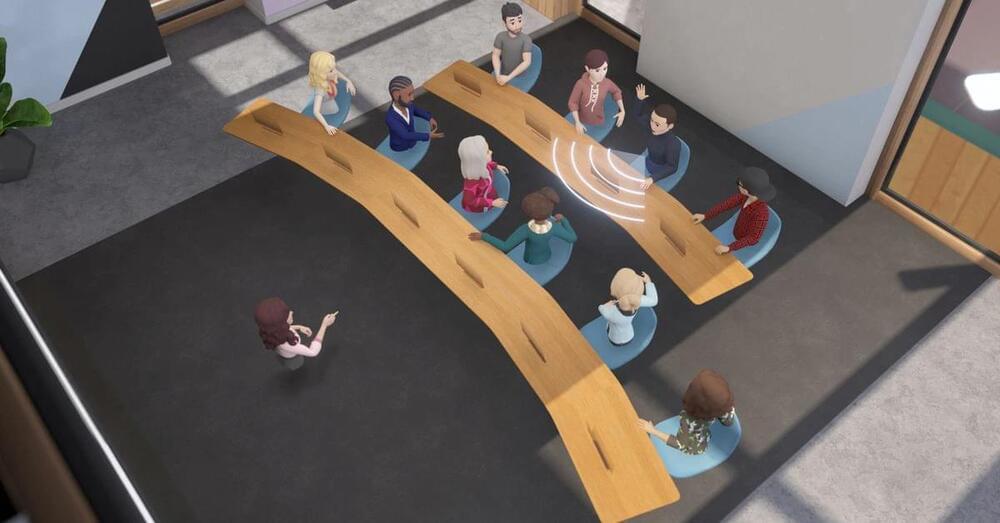
In its first full VR news briefing, the company showed how Workrooms users can design avatar versions of themselves to meet in virtual reality conference rooms and collaborate on shared whiteboards or documents, still interacting with their own physical desk and computer keyboard.
Aug 19 (Reuters) — Facebook Inc (FB.O) on Thursday launched a test of a new virtual-reality remote work app where users of the company’s Oculus Quest 2 headsets can hold meetings as avatar versions of themselves.
The beta test of Facebook’s Horizon Workrooms app comes as many companies continue to work from home after the COVID-19 pandemic shut down physical workspaces and as a new variant is sweeping across the globe.
Facebook sees its latest launch as an early step toward building the futuristic “metaverse” that CEO Mark Zuckerberg has touted in recent weeks.